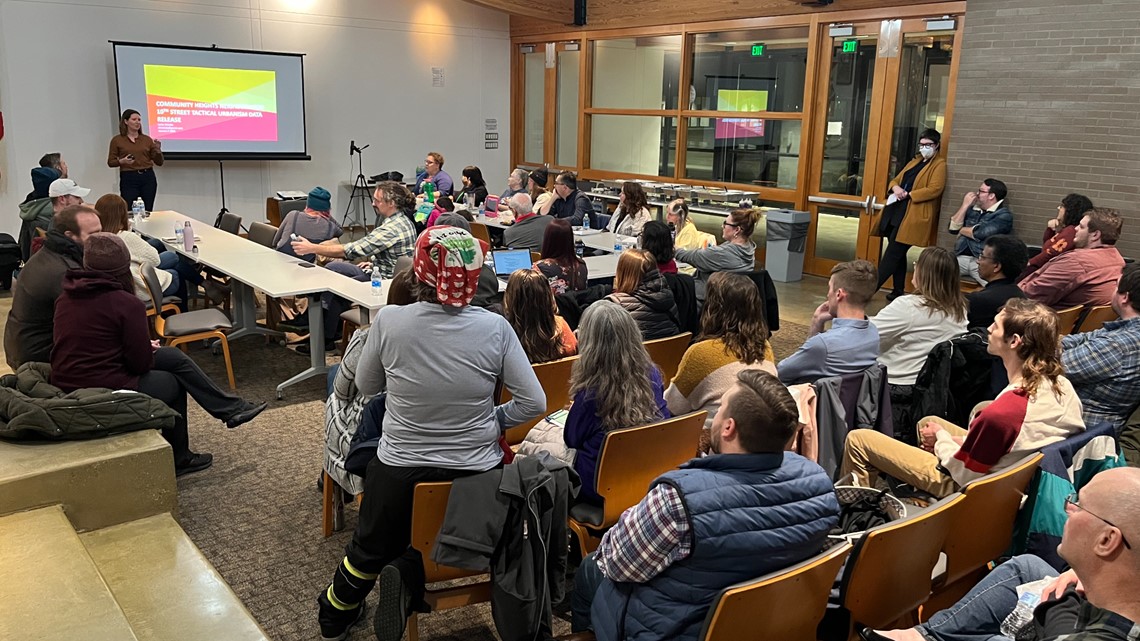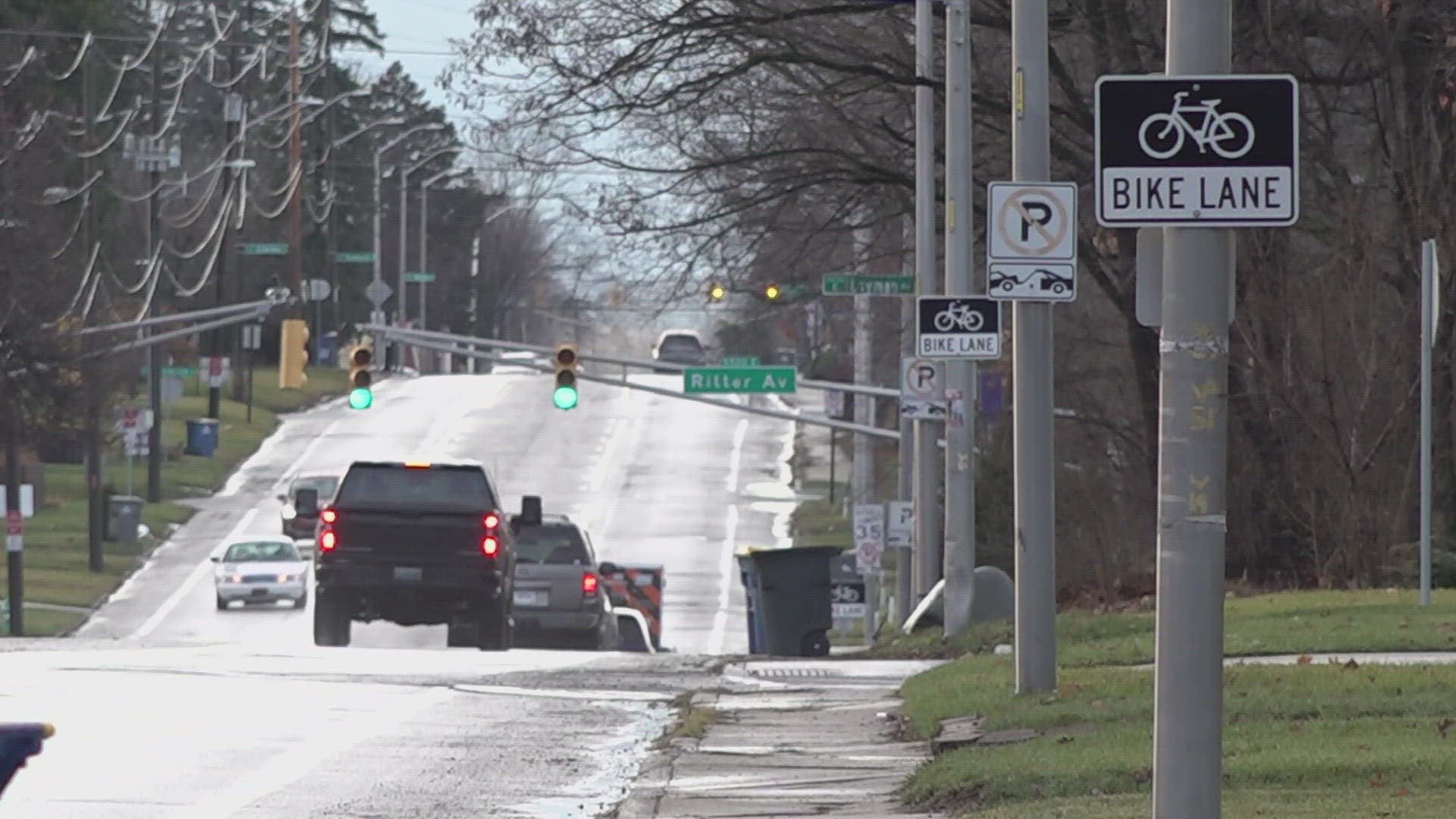INDIANAPOLIS — Drivers may no longer see barriers on a section of East 10th Street in Indianapolis, but the desire for changes to the roadway is still around.
"It says to me the community came together and rallied to find something impactful for their neighborhood, and we did it," said Ariel Capouch, who lives on 10th Street.
From July to the end of October, barriers sat in center turn lanes and along bike paths on 10th Street between Emerson and Arlington avenues on the city's east side.
The goal of the temporary and experimental project was to cut down on speeding and reckless driving.
Capouch said it worked.
"It was so much nicer to be able to go out for a walk with your son and not worry about getting hit by a car. It was nice to pull out of your driveway and not feel like you're playing chicken with other cars or use the median and turn left in your driveway and wonder 'is this the day I get hit head on?'" Capouch said.
According to Leslie Schulte, the former president of the Community Heights Neighborhood Organization, the barriers helped cut down on crashes. Schulte said data showed there were 30 crashes every three months without the barriers. But during the 90-day period the barriers were up, they only saw eight crashes.


"The majority of drivers were exceeding the speed limit on 10th Street, suggesting that the design is a problem, not necessarily the drivers. Not every driver wants to speed, but when nearly every driver is speeding, that suggests it's not necessarily the drivers who are at fault, for pushing that speed limit," Schulte said.
Schulte now hopes the city looks at the data and mimics the temporary design they had with permanent fixtures.
"We are looking for an engineer to design a curb and drainage and better sidewalks for our neighborhood," Schulte said.
And residents, like Capouch, are now telling city leaders that data doesn't lie.
"It says that we proved to the city that what we did was working and proves to me the city needs to be doing more to keep us safe," Capouch said. "We found a solution to the problem, and now it's their turn to step up and make that solution permanent. You know, they're working with us, and they have a five-year plan, but the five-year timeline is far too long."
Schulte said the barriers will not be returning to the area.

